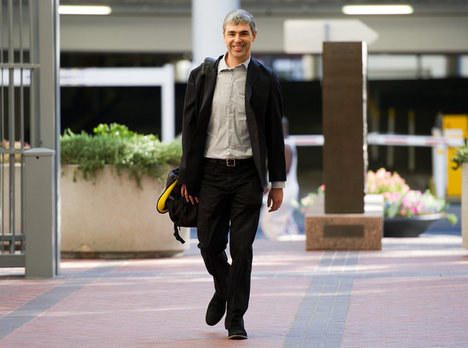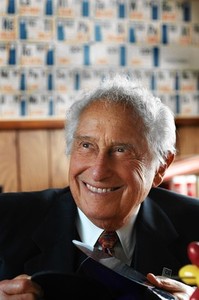 “The theft of electronic devices like iPhones has fueled a rise in subway crime this year, the police say. In the past, New Yorkers were mugged, sometimes killed, for bomber jackets, Cazal glasses and Air Jordan sneakers.” Source of caption: print version of the NYT article quoted and cited below. Source of photo: online version of the NYT article quoted and cited below.
“The theft of electronic devices like iPhones has fueled a rise in subway crime this year, the police say. In the past, New Yorkers were mugged, sometimes killed, for bomber jackets, Cazal glasses and Air Jordan sneakers.” Source of caption: print version of the NYT article quoted and cited below. Source of photo: online version of the NYT article quoted and cited below.
(p.24) The current spate of iPhone thefts feels, if anything, more poignant than disruptive. Apple products have always read as cooler than their rivals’ because their design suggests a gleaming world of innovation and opportunity, of capitalism behaving well — a world that seems ever diminishing, ever less accessible to the struggling and young.
Unlike the sneakers and glasses that caused such a fury in the ’80s and ’90s, iPhones didn’t originate in the celebrity system. They come with a democratic ethos (if not the analogous price tag); BlackBerrys are for suits, but even a child can work an iPhone. Wasn’t everyone supposed to have a shot?
For the full story, see:
GINIA BELLAFANTE. “BIG CITY; Easy to Use and Easy to Steal, a Status Object Inches Out of Reach.” The New York Times, First Section (Sun., October 30, 2011): 24.
(Note: the first paragraph quoted above is from the print version, rather than from the somewhat different online version. The second quoted paragraph is the same in both versions.)
(Note: the online version of the story has the date October 28, 2011, and has the slightly different title “BIG CITY; Easy to Use, or Steal, but Inching Out of Reach.”)




